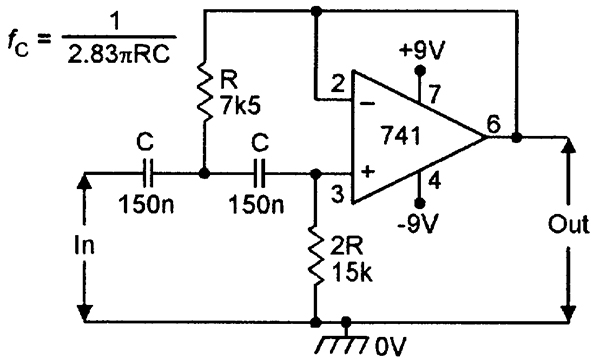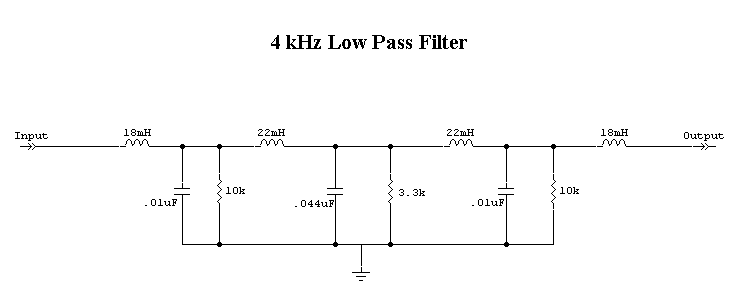

The filters were surely dialed in lower than 100 Hz for Hifi hum,rumble, and infrasonic attenuation, but you could probably scale the R's smaller to increase frequency.ī) I have parts laying around but for me the issue is time more than cost.

You would need to a) calculate/tweak filter values for your desired cut off, b) source the components, c) provide power, d) assemble/troubleshoot/package.etc.Ī) IIRC the filters were 2 pole Butterworth so you could indeed stack two to get half a L-R (if that's what you really need ?).

You could actually implement a true 24 dB/Oct L-R alignment running through both channels of the 2 pole Butterworth HPF. In the spirit of Christmas, I just rooted around in my unheated lab and dug up a clean circuit board from an old kit I used to sell back in the '80s, that was a stereo 2 pole HPF/LPF set. I do not know your willingness or capability to DIY. Difficulties involve connecting the parts together, providing circuit power and enclosing in a robust stable chassis. The parts to make a simple fixed active filter set are relatively inexpensive. At best you might implement a one or two pole passive dialed in for your specific system. you're looking for (half) a crossover.įirst you will never be able to approach a -24 dB/Octave filter passively without huge sensitivities to source and termination impedance not to mention other problems. If someone could point me to a source for schematics, or has any suggestions for doing this, I'd appreciate hearing about it.įirst lets call a spade a spade. Now the dumb questions: Is there a passive design that would work with a line level signal? Or an active, balanced, mono filter design in a small package, that would not degrade the signal? It would be nice to run a line level cable out of the sub, through the filter and directly to the top cab. Basically trying to avoid the expense and additional wiring of using a full crossover. I'd like to buy or build an inline filter to simplify using active subs that have a low pass filter input, but only a full range output. Mike Pyle wrote on Sat, 17 December 2005 18:31


 0 kommentar(er)
0 kommentar(er)
